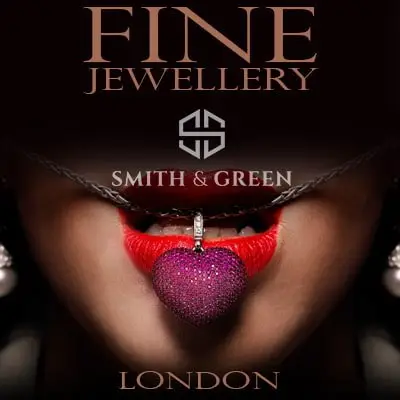Wines with low or no sulphites
Sulphites are frequently used as food preservatives, but for some people, sulphites can be an issue of concern. About 1% of the general population and around 5% of those with asthma are thought to be sensitive to sulphites.
Sulphite allergy/intolerance is increasingly recognised as a significant problem for many asthmatics. However, it is also extremely variable, producing mild symptoms in some people and anaphylaxis in others, and its involvement in many asthma attacks is unclear.
The naturally occurring sulphite content of these wines may sometimes reach 10ppm. Wines over this level must be labelled “contains sulphites” to protect people with sulphite sensitivities.
Sulphites are utilised in wine for a variety of reasons.
Sulphites are sulphur compounds in the chemical sense. It is especially noticeable in wine, together with sulphur dioxide E220 and sodium metabisulphite E223.
Sulphites, most often in the form of sulphur dioxide (SO2), These are employed as a preservative and antioxidant in wine. However, excessive use of these chemicals may cause severe and perhaps fatal reactions in a small proportion of very sensitive people.
According to the Wine Standards Board, wines containing more than 10 parts per million must have the label “Contains sulphites.” According to the EU’s language in Part E of appendix II EC No 1333/2008, an SO2 concentration of less than 10 mg/kg or 10 mg/l is not considered present. This seems to support the EU’s position that S02 is not present at 10 ppm or below concentrations. If the EU thinks there are no sulphites present, I don’t see why the wine shouldn’t be labelled as sulphite free to help customers make informed decisions.
Sulphites are present in nearly all wines, but the amounts vary considerably depending on the quality of the wine. There are also many sulphite types, each with its own set of consequences and symptoms. Unfortunately, the wine label is usually worthless since it does not state the actual quantity.


Sulphites: Dangerous and Non-Dangerous
It is essential to remember that sulphites are a natural by-product of fermentation and are therefore harmless for nearly everyone, even those who are sulphite sensitive.
Sulphur is often added at different stages of the winemaking process. This ‘free’ sulphur seeks out and interacts with oxygen molecules in the wine, avoiding oxidation and spoilage. Unfortunately, this free sulphur is very corrosive.
Free sulphur interacts with sugars in wine as well. It also has antimicrobial properties and aids in the regulation of malolactic fermentation. As a result, it is very useful to the winemaker and is often used.
Sulphur that is “free” interacts just once with another chemical or molecule before becoming inert (bound) sulphur that does not produce an allergic reaction in sulphite sensitive people.
On the other hand, Winemakers like to leave enough free sulphur in their wines to hunt down free oxygen, sugars, and bacteria throughout the months, keeping the wine fresh. Therefore, to be safe, it is calculated to react with expected oxygen levels while leaving the desired quantity of free sulphur floating about.
Allergies to free sulphur are conceivable and have occurred in the past. When you consume it, this free sulphur is very aggressive and seeks oxygen in your body!
Sulphites are combated by the body’s natural defence system, which releases histamines, which cause allergic symptoms rather than sulphur.
The most common symptoms are difficulty breathing, sore throat, and lung closure: rashes, hot flushes, and other symptoms.
Sulphite-free Wine
Sulphite Free Wine is technically non-existent but used to mean no additional or other preservative wine or extra free sulphur added during fermentation.
















